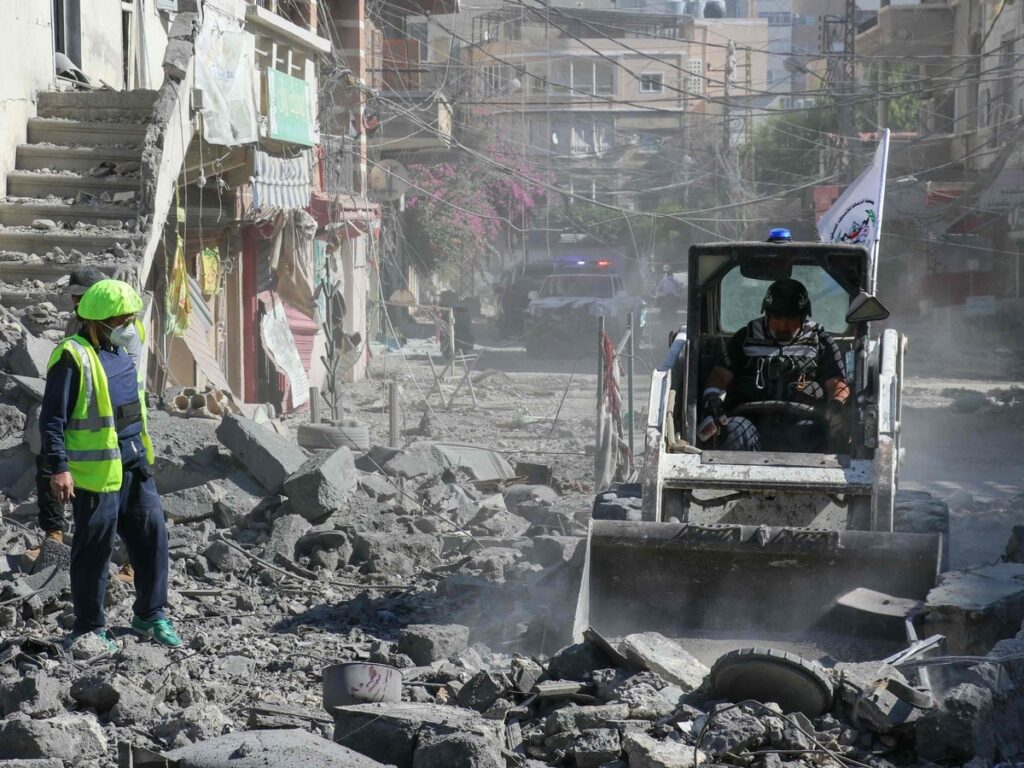The rising tensions between Iran and Israel, the ongoing conflicts involving Israel and Hamas, and the confrontations with Lebanon, coupled with the extended duration of the Russia-Ukraine war, are contributing to a volatile global atmosphere. These dynamics have amplified fears of a potential third world war, as nations grapple with increasing hostilities and regional instabilities.
Current Tensions in the Middle East
Iran-Israel Relations
The relationship between Iran and Israel has been deteriorating for decades, primarily due to Iran’s nuclear ambitions and its support for groups hostile to Israel, such as Hezbollah and Hamas. Recent military maneuvers and statements from both nations indicate a potential for escalation that could involve direct conflict.
Israel-Hamas Conflict
The ongoing conflict between Israel and Hamas has seen periodic escalations and ceasefires. With Hamas’ control over Gaza and Israel’s military operations in response to rocket attacks, this situation remains tense. Both sides endure significant humanitarian consequences, and the international community is divided on how to address the ongoing violence.
Threats from Lebanon
Hezbollah, supported by Iran, poses a significant threat to Israel from Lebanon. Recent exchanges of fire and threats from both sides heighten concerns about a broader regional war. Both nations have fortified their military capabilities, preparing for potential confrontations.
Impact of the Russia-Ukraine War
The extended conflict between Russia and Ukraine has shifted geopolitical alliances and increased military spending among NATO and non-NATO countries alike. This protracted war distracts global attention and resources, creating a backdrop for rising tensions in the Middle East and elsewhere. The West’s response to Russia, along with the energy crisis stemming from the conflict, has significant implications worldwide.
Global Geopolitical Implications
The implications of these conflicts extend beyond their immediate regions. Nations are compelled to choose sides, exacerbating divisions. The potential for a larger confrontation increases as countries engage in military pacts and strategic alliances, reminiscent of the alliances prior to World War I.
| Conflict | Key Players | Current Status |
|---|---|---|
| Iran-Israel | Iran, Israel | Escalating tensions with military threats |
| Israel-Hamas | Israel, Hamas | Ongoing conflict with intermittent ceasefires |
| Israel-Hezbollah | Israel, Hezbollah | High-alert, potential for increased violence |
| Russia-Ukraine | Russia, Ukraine, NATO | Stalemate with extensive international ramifications |
Conclusion
The current geopolitical landscape is marked by significant uncertainties and strife. The heightened tensions between Iran and Israel, the plight of Israel and Hamas, threats from Lebanon, and the long-lasting conflict in Ukraine signify a world on the brink of broader conflict. Nations must navigate these complexities carefully to avoid igniting a full-scale war and ensure stability both regionally and globally.
